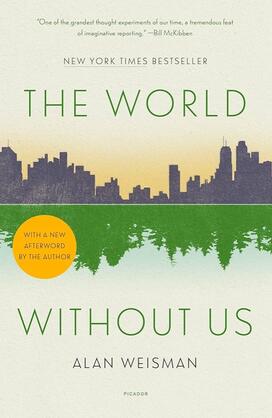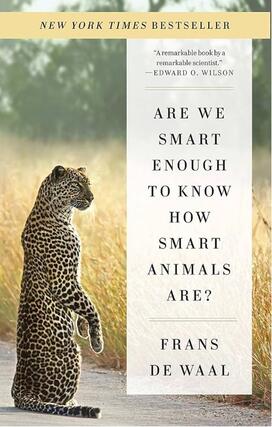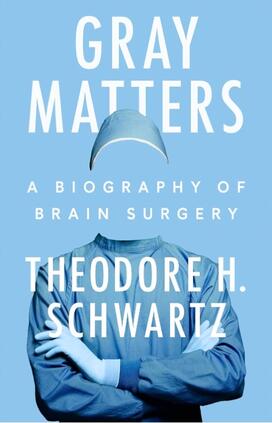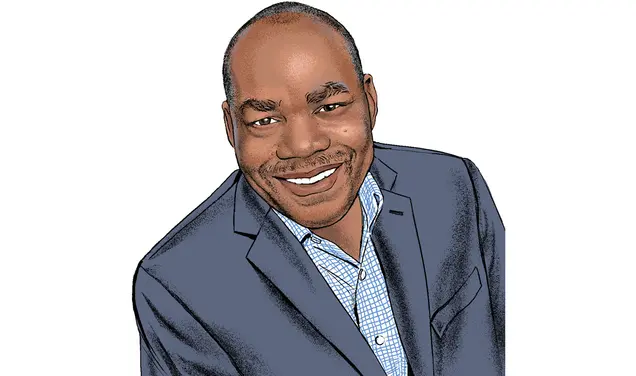Neurosurgeon and Photographer Daniel Spitzer ’79 Recommends Books for the Perpetually Curious

After a fulfilling career as a neurosurgeon, Daniel Spitzer ’79 pivoted careers and now works as a photographer. His first book is out, Unique Views of Northeast Railroading: From Canada to NYC, the first of four volumes of photography in the series. With some 100 images and well over 10,000 words, it offers unique perspectives. Spitzer captured images from a two-seat airplane (which he pilots as he shoots), a boat, and even from underneath a moving train. He calls many of the landscape photos an homage to the beauty of the Northeast, with the railroad element often secondary. He notes the second volume, NYC and Environs, due out in early 2026, includes a significant number of historic and recent images of the Princeton area.
PAW asked Spitzer, a polymath who majored in biology and has explored a broad range of interests, to recommend books for the perpetually curious. He suggested these.















No responses yet